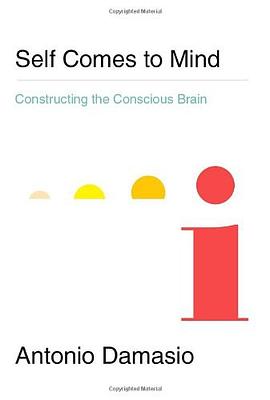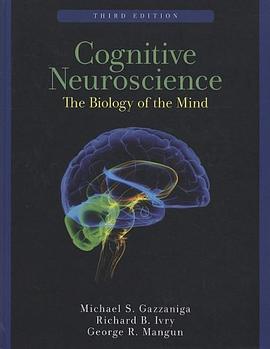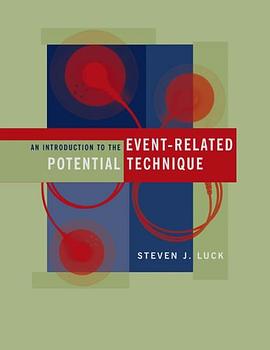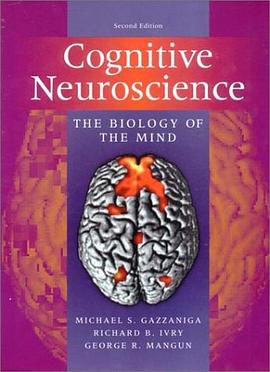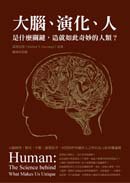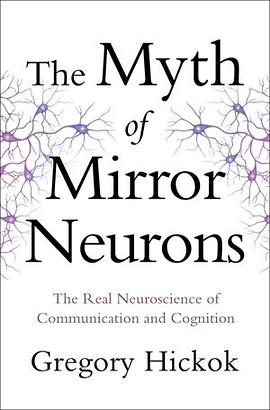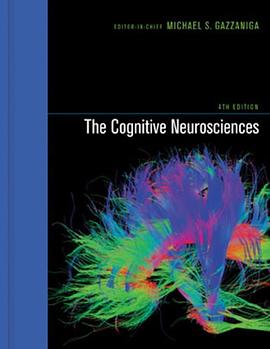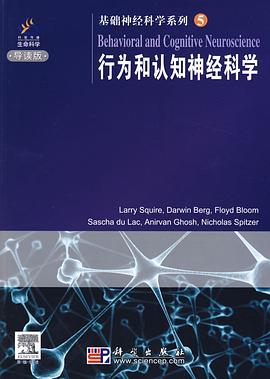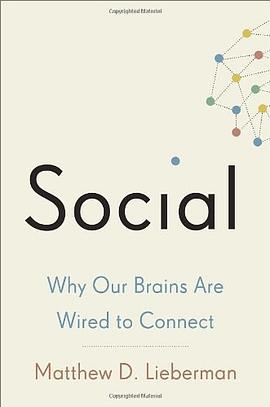

具体描述
We are profoundly social creatures – more than we know.
In Social , renowned psychologist Matthew Lieberman explores groundbreaking research in social neuroscience revealing that our need to connect with other people is even more fundamental, more basic, than our need for food or shelter. Because of this, our brain uses its spare time to learn about the social world – other people and our relation to them. It is believed that we must commit 10,000 hours to master a skill. According to Lieberman, each of us has spent 10,000 hours learning to make sense of people and groups by the time we are ten .
Social argues that our need to reach out to and connect with others is a primary driver behind our behavior. We believe that pain and pleasure alone guide our actions. Yet, new research using fMRI – including a great deal of original research conducted by Lieberman and his UCLA lab -- shows that our brains react to social pain and pleasure in much the same way as they do to physical pain and pleasure. Fortunately, the brain has evolved sophisticated mechanisms for securing our place in the social world. We have a unique ability to read other people’s minds, to figure out their hopes, fears, and motivations, allowing us to effectively coordinate our lives with one another. And our most private sense of who we are is intimately linked to the important people and groups in our lives. This wiring often leads us to restrain our selfish impulses for the greater good. These mechanisms lead to behavior that might seem irrational, but is really just the result of our deep social wiring and necessary for our success as a species.
Based on the latest cutting edge research, the findings in Social have important real-world implications. Our schools and businesses, for example, attempt to minimalize social distractions. But this is exactly the wrong thing to do to encourage engagement and learning, and literally shuts down the social brain, leaving powerful neuro-cognitive resources untapped. The insights revealed in this pioneering book suggest ways to improve learning in schools, make the workplace more productive, and improve our overall well-being.
作者简介
Mathew D. Lieberman was trained at Harvard University and is a professor in the Departments of Psychology, Psychiatry, and Biobehavioral Sciences at the University of California, Los Angeles, and the founding editor of the journal Social Cognitive and Affective Neuroscience. In 2007, the American Psychological Association awarded him the Distinguished Scientific Award for an Early Career Contribution to Psychology, an award given to one social psychologist every two years. He is one of the foremost authorities in the world on the study of Social Neuroscience.
目录信息
读后感
当我们说到”我很疼“这三个词的时候,一般都是由于某种外在作用或者身体内部机理导致的。外部来说可能我们被割伤了,被灼烧了,被掐了..我们会很疼。内部来说有可能是关节疼,头疼,肚子疼...某个身体内部原因导致。 大家对这两大类的疼痛其实都没有异议的,因为总的来说都是...
评分人们往往高估了工作、金钱和房产的价值,却低估了亲密关系和艰巨考验的重要性。--《社会动物》 一个人究竟是拥有良好的人际关系网络,还是孤身一人,会强烈影响这个人的幸福感,其影响力大大其它因素。贰佰在《玫瑰》里描述了这种孤独感:“生活越来越压抑,你变得越来越不像自...
评分就像观察一个人要看ta的脸那样,了解一本书的主要内容就要翻看书的目录。当翻看这本书目录时,我瞥到了这个小标题:“为什么智商越高的人越不好相处”。我立刻被它吸引了——因为我的人际关系就没有那么理想,同时我也有志于学术,爱看书。 作者对那个小标题提出的问题所做出的...
评分 评分人们往往高估了工作、金钱和房产的价值,却低估了亲密关系和艰巨考验的重要性。--《社会动物》 一个人究竟是拥有良好的人际关系网络,还是孤身一人,会强烈影响这个人的幸福感,其影响力大大其它因素。贰佰在《玫瑰》里描述了这种孤独感:“生活越来越压抑,你变得越来越不像自...
用户评价
这类用社交疼痛和物理疼痛大脑活跃区域的相似来推出社交疼痛如物理疼痛一样真实的论证有多强、极少提及元分析的个别研究结果作为论据有多可靠、fMRI无法探究大脑内部机制等原因造成许多推论还只是有待验证的假说,撇开这些问题作者提出了一套有趣的观点:进化论上社交愉悦和疼痛对于幼儿存活具有意义,为了满足社交需求我们发展出了把物理动作看作具有意义的行为的镜像系统和解读他人心智的系统,为了与社会相协调社会建构的观念被我们当成了发自内心的信仰(甚至能找到与此相关的大脑区域),因此自我并非如我们所想那般独立于社会和他人之外,而自我意识如全景式监狱般规训着自我,让社会成为我们实行自我控制的最终受益者。
评分还可以。
评分我看的是中文简体字版,译作《社交天性》~湛庐文化出的,质量赞????书里现实生活中的例子很多,所以就没那么枯燥。有些点说的还挺有趣的,以前没有想到过~算是获得新知的乐趣吧~最后一部分是惯例般的如何在现实生活中应用,对于企业和学校启发比较大~
评分还可以。
评分too neuroscience for me
相关图书
本站所有内容均为互联网搜索引擎提供的公开搜索信息,本站不存储任何数据与内容,任何内容与数据均与本站无关,如有需要请联系相关搜索引擎包括但不限于百度,google,bing,sogou 等
© 2025 book.quotespace.org All Rights Reserved. 小美书屋 版权所有


